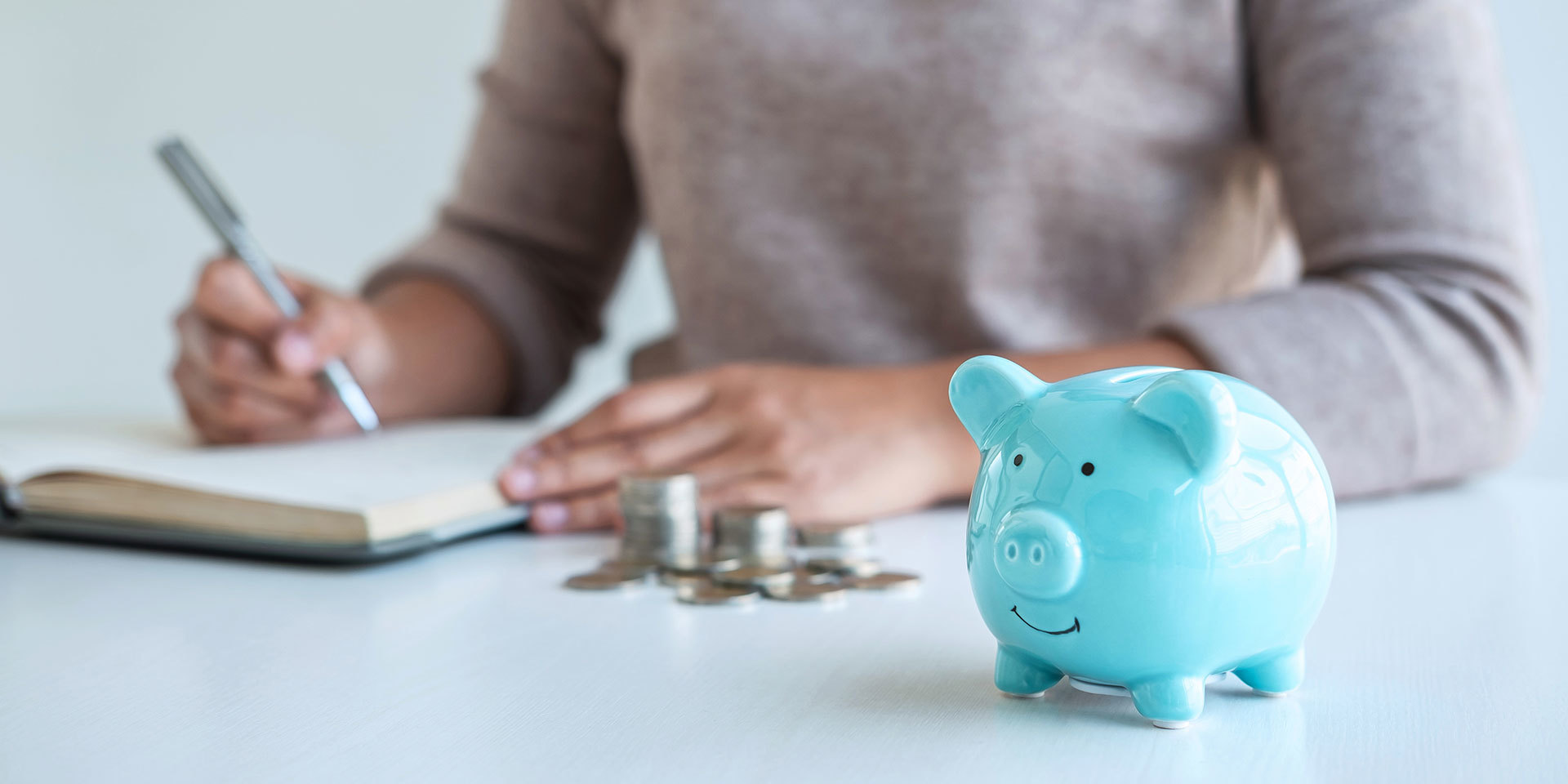Self Assessment – Payments on Account
Posted on 6th January 2019
You have worked out your income for the tax year and you know based on this what your tax bill is. But hang on a minute, HMRC are asking you to pay extra and another payment in July. What is this?
The extra is what HMRC call payments on account.
The timescale for Self assessment is you make the income in the year to 5th April but payment and reporting via the tax return are not completed until the following January at the latest. To bring Self assessment to be more in line with PAYE work they ask you to pay some of the bill “upfront”. This is what they call payments on account.
So who has to make payments on account and how are they calculated.
Every individual who has a tax liability via Self assessment has to make a payment on account unless one of the following two criteria is met
your tax bill is less than £1,000
you’ve already paid more than 80% of all the tax you owe, for example through your tax code or because your bank has already deducted interest on your savings
The payments on account are calculated on the basis that the current tax year is a good indication of what will happen in the next tax year. By this, I mean that using what you owe this year you then have to pay a similar amount toward the next year split into 2 installments paid January and July.
An example (figures are for illustrative purposes only)
For April Year 1 you calculate that your profits are £10,000
Based on this you have a tax bill of £2,000
This means that there will be 2 payments of £1,000 for payments on account (this year’s tax bill split into 2.
So even though your tax bill due for 31st January is £2,000 you actually have to pay £3,000. Your account for April year 2 will then be £1,000 in credit
You then have to make a payment in July for £1,000 as a further payment on account. Your account for April year 2 is now £2,000 in credit
So what happens to this money in credit?
We are now in 5th April year 2. This year was slightly better and you made £12,000 which creates a tax bill of £2,400.
In January you have a tax liability of £2,400. However, as shown above you are in “credit” by £2,000. This means that you now only have to pay £400 to clear your year 2 liability.
But hold on, what about the next year’s tax payments on account
You are now fully in the cycle so this means that while you have payments to offset against year 2’s tax bill you also have to make a payment on account against the year 3 tax bill. Again this is based on the current year tax bill.
The January payment will be £1,600 and will consist of £400 due on year 2 plus £1,200 payment on account (£2,400 split into 2)
The July payment will then be £1,200.
I know my next year’s tax bill is going to be lower, this can’t be right that I have to pay more upfront than I know will be actually due!
If you know your tax bill is going to be lower than last year, you can ask HM Revenue and Customs (HMRC) to reduce your payments on account. This can be done before the payment has to be made.
However, be careful how much you lower them. If you lower the payments and then submit a return and it shows that you underpaid, you’ll be charged interest.
If you overpay because you did not adjust your payments on account, or your tax bill was unexpectedly lower than the previous year then HMRC will send you a refund.
Get in contact – getting the payments right is vitally important, but at the same time you do not want to pay more than you have too. Get in contact if you would prefer some expert guidance to help you before you make any payments Call the team at Holmes and Company on 01525 851101 or contact us here
Tagged as: Accounting, Tax
Share this post:






